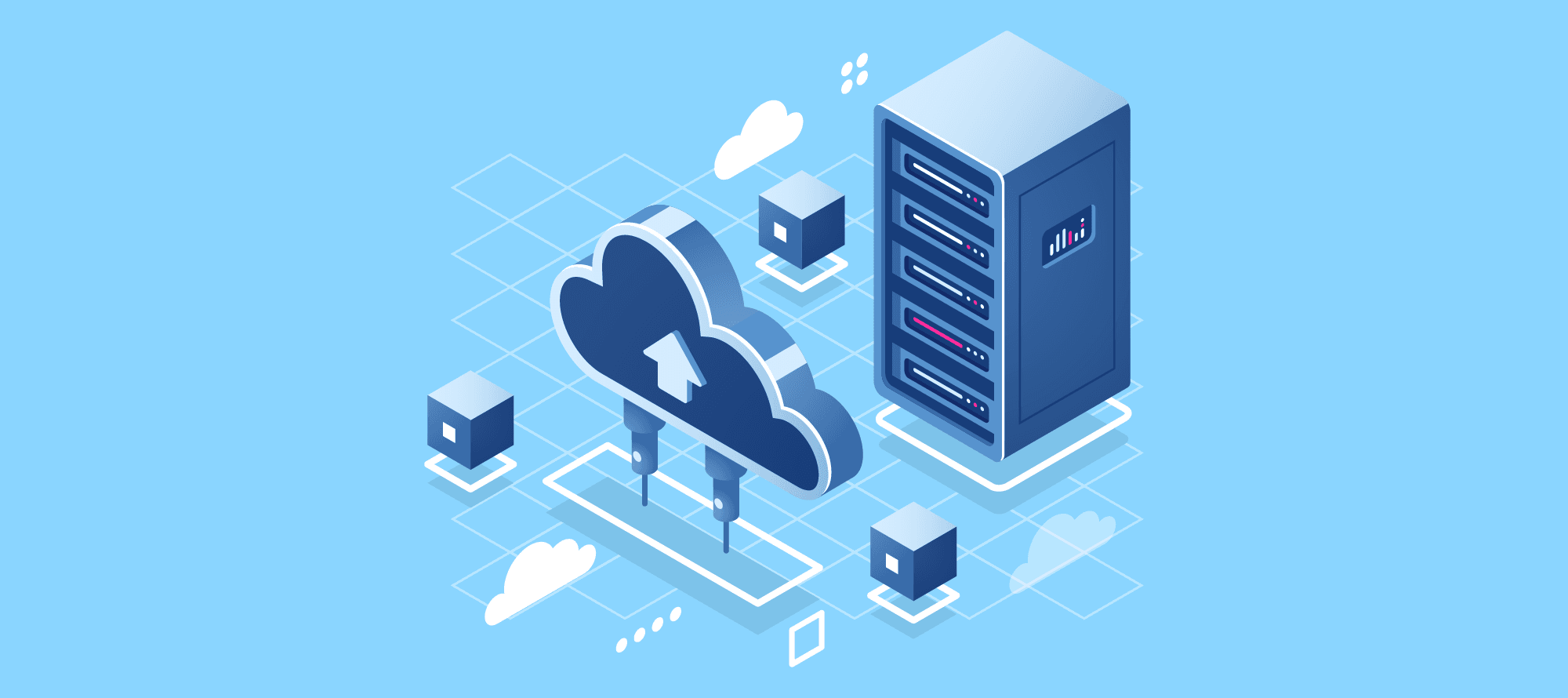
Subscribe to our Blog
We're committed to your privacy. SayOne uses the information you provide to us to contact you about our relevant content, products, and services. check out our privacy policy.

Ranju R June 29, 202110 min read

Generating table of contents...
Before discussing the advantages and disadvantages of microservices, it is important to clearly understand the concept behind this architecture system and its implementation.
A large single software application is based on monolithic architecture. A large monolithic software application broken down into smaller software modules that are loosely coupled and those that communicate through APIs are termed microservices.
Download Ebook for FREE "How to choose the best microservices vendor and trim the cost"
As a popular trend, microservices is favoured by business enterprises because of the agile and dynamic management that they offer in the case of APIs and execution of highly discrete jobs. Microservices are generally used for designing complex web applications. Microservices have their predecessor in Service-Oriented Architecture (SOA) which came into existence to overcome the disadvantages of monolithic applications.
It will do us some good to trace the evolution of microservices and whether the justifications that they are advantageous are indeed true.
 A traditional monolithic application consists of a presentation layer or the UI, an application layer for the business logic, an integration layer for the coupling among the different components of the application layer, and a database layer that is available to the persistence system.
A traditional monolithic application consists of a presentation layer or the UI, an application layer for the business logic, an integration layer for the coupling among the different components of the application layer, and a database layer that is available to the persistence system.
Download Ebook for FREE "How to choose the best microservices vendor and trim the cost"
The application, after creating a WAR package out of it, is then deployed on a server. This runs like a monolithic application because all the components are packaged together. With businesses that were growing, developers and architects face several challenges some of them being the ones mentioned below:

The theory behind microservices is based on the scale cube that describes the 3 dimensions of scaling as mentioned below:
The X-axis represents horizontal scaling as seen in the monolithic application whereas the z-axis represents splitting similar things. This is based on the sharding concept in which the application requests are redirected to a specific shard depending on the user input.
Download our ebook: Porting from Monolith to Microservices: is the shift worth it?
Here, the Y-axis shows functional decomposition, where each function is represented as a separate service. In this approach, developers deploy each of the functions separately. This approach offers several advantages including greater flexibility to deploy the functions and lessens the developers’ time spent on a project. The rest of the components are not affected in any manner whatsoever when one component is being worked on.
Microservices is a software architecture style that structures an application as a collection of loosely coupled services. It was first coined by Peter Rodgers in a 2006 paper, “Service-Oriented Architecture: A Field Guide”, and has since been adopted by many organizations around the world.
Microservices were popularized by Martin Fowler and James Lewis in their 2014 book, “Microservice Architecture”. They argued that the traditional monolithic approach to software application architecture was no longer suitable for the modern era, and that the use of microservices was a better approach.
The concept of microservices has been further refined over the years, and is now seen as an important component of modern software engineering. Many companies have adopted the practice, leading to the creation of many microservice frameworks and libraries. These tools allow developers to create microservice applications quickly and easily.
Read our blog "How to find the best microservices development company"
While the concept of microservices has been around for over a decade, its use has grown increasingly popular in recent years. Companies like Amazon, Netflix, and Uber have embraced the technology and use it to power the most critical parts of their applications. The use of microservices has also been credited with allowing these companies to quickly adapt to changing customer demands and scale their applications with ease
Microservices are not without their Disadvantages.
Completely virtual operating systems or containers are used to deploy the microservices. These environments provide isolation for the processes within that service. Undisturbed access to underlying hardware resources is also available. Docker is a popular container solutions provider.
Read our blog "What Kind of Challenges Can Microservices Help You Overcom"
Cloud-based services such as AWS also work well for microservices and their deployment. However, this is not well-suited for lightweight microservices in terms of cost-effectiveness as they may not be able to leverage all the features of the cloud solutions provider.
Open Service Gateway Initiative (OSGI) bundle can be used for code deployments where all the application services execute under one Java virtual machine, but there is isolation and a management trade-off that occurs here.
Multiple Service Instances per Host Pattern: This happens when you provide more than one physical or virtual host and run multiple service instances on each of these hosts. This is the traditional method of deploying the applications. Each service instance runs at a port on more than one host.
In this case, the resource usage is efficient, that is, the multiple instances end up sharing the server and the operating system. Also deploying a service instance is very fast. There is no overhead and starting a service is a quick affair. In case a service is simply its own process, you have to simply start it.
Read our blog "Why Business leaders should care about Microservice"
If the service is only one of the many instances running in the same process group, you can just restart the container or dynamically deploy the service into the container.
Service instance per host pattern is yet another deployment technique that follows two specializations: Service Instance per Virtual Machine and Service Instance per Container.
Not every enterprise can do better with microservices. For every case that merits consideration, developers must do their due diligence and strive to find out what works best in specific cases.
In case yours is a small company, it may be better to start with a monolithic application. This is likely to be faster, cheaper and simpler. If too much time has not passed, the application can be migrated to microservices at any time that is deemed appropriate.
Read our blog "Should you migrate from monolith to microservices architectur"
The companies that would benefit most from microservices are huge companies that have millions of users. The modular nature of microservices assures that the application is up continuously with minimum or no downtime and scalability is also easy.
The independent services constituting microservices make up a larger app and can run on their own. They are usually built using different languages such as Java. One of the most popular Java microservices frameworks is Spring Boot.
Spring Boot today is the leading framework that is used for building microservices. It is an open-source, feature-rich and mature framework. They can be employed on various platforms including Dockers. In-built functionalities of Spring Boot allow for rapid Java application development.
Read our blog "The 5 Best Microservices Technologies List"
Spring Boot works on top of different languages for aspect-oriented programming and inversion of control. It also works to handle failure in distributed systems. It is easy to get started with Spring Boot and is convenient and flexible to use. It is easy to find experienced Spring Boot developers. Different training programs and certifications are available for developers to upgrade their skills in Spring Boot.
At SayOne Technologies, we build breakthrough products for different industry verticals using the most modern technologies. We are specialists in the design, development, and implementation of microservice architecture. From the modernization of applications to the total digital transformation of an organization, we can create microservices applications for any industry/business application that eliminate downtime and enhance performance.
As we weigh out the advantages and disadvantages of microservices, the transformation that microservices bring out in terms of culture, performance and efficiency is indeed noticeable. However, the initiative is a complex one and it is important to understand the challenges and risks clearly before embarking on the microservices journey.

We're committed to your privacy. SayOne uses the information you provide to us to contact you about our relevant content, products, and services. check out our privacy policy.

About Author
Helping businesses scale-up their development teams ( Python, JavaScript, DevOps & Microservices)

We collaborate with visionary leaders on projects that focus on quality